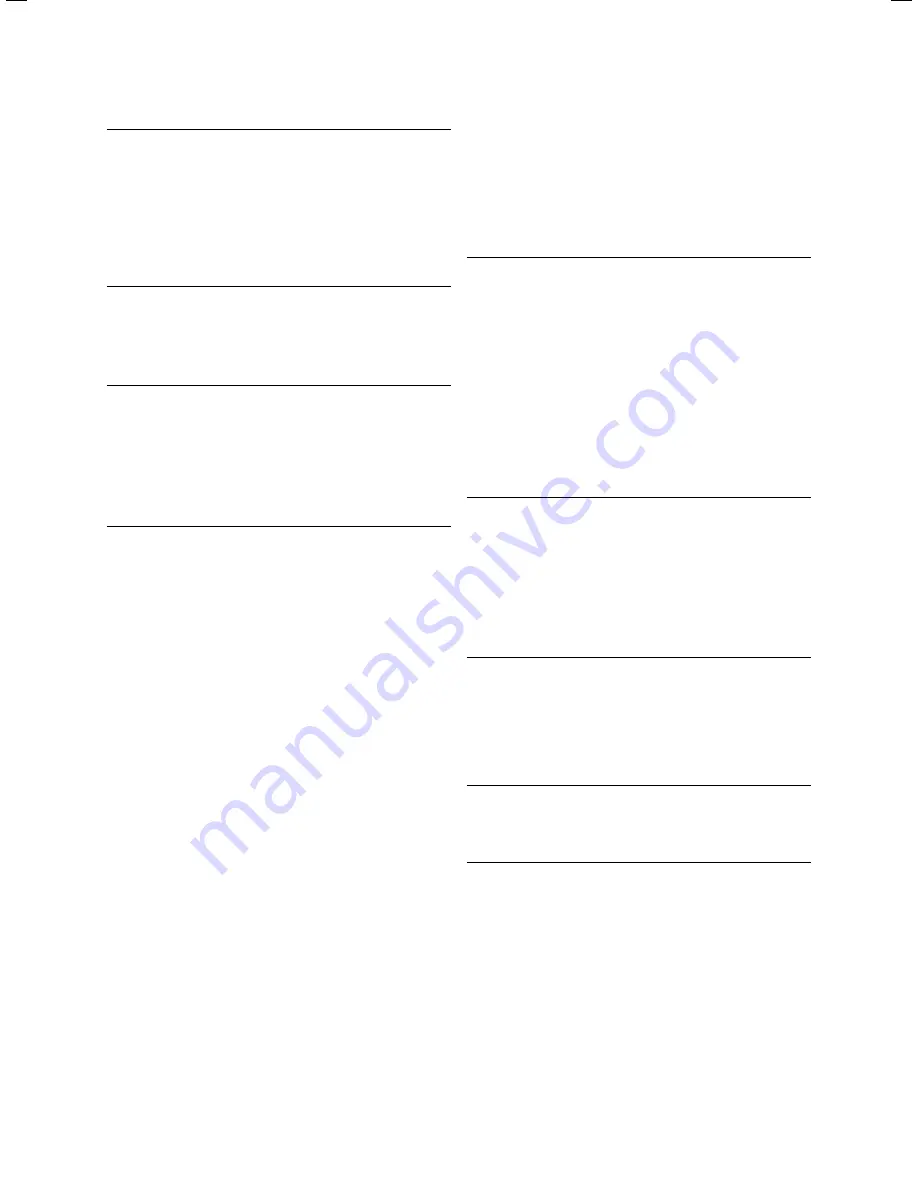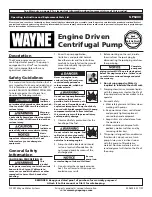
Filling the heating and heat source circuit
Installation instructions geoTHERM 0020051574_04
39
6
b
Caution!
Risk of material damage if the heating
water is treated with unsuitable frost or
corrosion protection agents!
Frost and corrosion protection agents can
cause changes in the seals, noises during
heating and possibly subsequent damage.
>
Do not use any unsuitable frost or corro-
sion protection agents.
6.2
Filling and bleeding the heating circuit
b
Caution!
The function will be impaired if the cir-
cuit is not bled enough.
Built-up air may lead to insufficient flow
and there may be noises in the heating cir-
cuit.
>
Ensure that the cylinder charging circuit
of the DHW tank is also bled.
>
Open all thermostatic radiator valves in the heating
installation and, if required, open all other stop valves.
>
If a DHW tank has been connected, move the external
heating/cylinder charging diverter valve into the centre
position.
>
If required, move any other externally-installed diverter
valves into the centre position.
>
Connect a filling loop to a tap.
>
To do this, remove the screw cap from the filling and
drain valve for the heating circuit and fix the free end of
the filling loop to this.
>
Open the filling and drain valve for the heating circuit.
>
Slowly turn the tap on and fill with water until the pres-
sure gauge (on-site) has reached a heating installation
pressure of approx. 150 kPa (1.5 bar).
>
Close the filling and drain valve for the heating circuit.
>
Bleed the heating circuit at the locations provided for
this.
>
Check the heating circuit’s water pressure again
(if required, repeat the filling procedure).
>
Remove the filling loop from the filling and drain
valve and put the screw cap back on.
>
Move all of the diverter valves into their initial position.
6.3
Filling and bleeding the brine circuit
(VWS only)
6.3.1
Preparing the filling procedure
a
Danger!
Risk of explosion and combustion!
The brine fluid ethanol is extremely flam-
mable, both as liquid and steam. A poten-
tially explosive combination of steam/air
may accumulate.
>
Keep away from heat, sparks, naked
flames and hot surfaces.
>
Ensure that there is sufficient ventilation
in the event of accidental release.
>
Avoid the accumulation of steam/air mix-
tures. Keep brine fluid containers closed.
>
Observe the safety data sheet that
accompanies the brine fluid.
a
Danger!
Risk of injury due to chemical burns!
Brine fluids are harmful to health.
>
Avoid contact with the skin and eyes.
>
Do not inhale or swallow.
>
Always wear gloves and protective gog-
gles.
>
Observe the safety data sheet that
accompanies the brine fluid.
b
Caution!
The function will be impaired if the cir-
cuit is not bled enough.
Built-up air leads to significant efficiency
losses.
>
Ensure that the brine circuit is bled
enough.
b
Caution!
The function will be impaired if unsuita-
ble brine fluids are used.
>
Only use the specified brine fluids.
i
To fill the brine circuit, you require a filling pump
that can bleed the brine circuit at the same time
as it fills it. Vaillant recommends the Vaillant fill-
ing device (mobile with dirt filter) or the Vaillant
filling pump.
The individual steps of the filling and bleeding procedure
when using the Vaillant heat pump brine filling unit are
described below. The brine filling unit allows you to carry
out a preparatory partial bleed of the brine circuit and to
fill and bleed in one operation.
















































